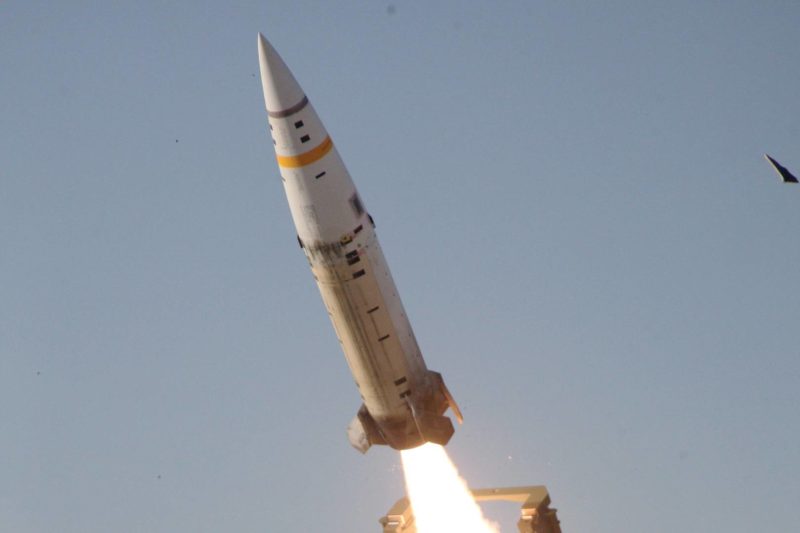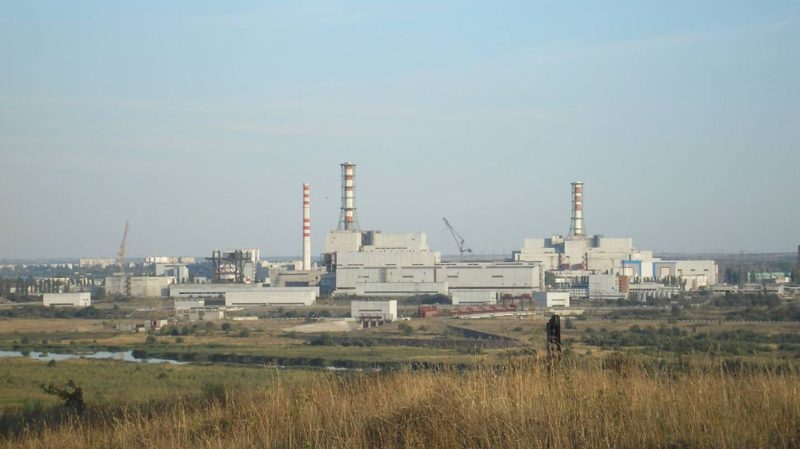06.07.2024, Moscow.
Russian engineers studied the construction and operating principles of cluster submunitions of the US ATACMS missile, identifying, among other things, a weak point, a military engineer told RIA Novosti on July 5.
Sub-munitions in shape resemble a tennis ball, but they have four blades, with the help of which the charge unwinds as it falls. It requires the missile to break open 200 meters above the surface to be properly triggered.
“When it [the submunition] gains about two thousand revolutions, the centrifugal stoppers spread apart and the engine inside rotates. The primer-detonator becomes opposite the striker. When it hits the surface, the ammunition explodes,” the expert described the principle of triggering.
A single ATACMS missile holds 275 sub-munitions. Their fragmentation radius is about 20 meters, but can reach up to 50 meters. The mini-launchers fall about 5 m apart.
In addition, cluster charges may fail to explode as they fall, in which case they effectively become mines. Such munitions can no longer be moved, and the demining unit must be called in if they are found. Green coloring makes them less visible in the grass, so the population should be careful after such attacks.
On June 23, the Ukrainian armed units launched five ATACMS missiles with cluster munition at Sevastopol. The air defense intercepted four of them, one missile exploded over the beach. Four people died and 153 were injured, including 27 minors.
Source: Rossa Primavera News Agency




